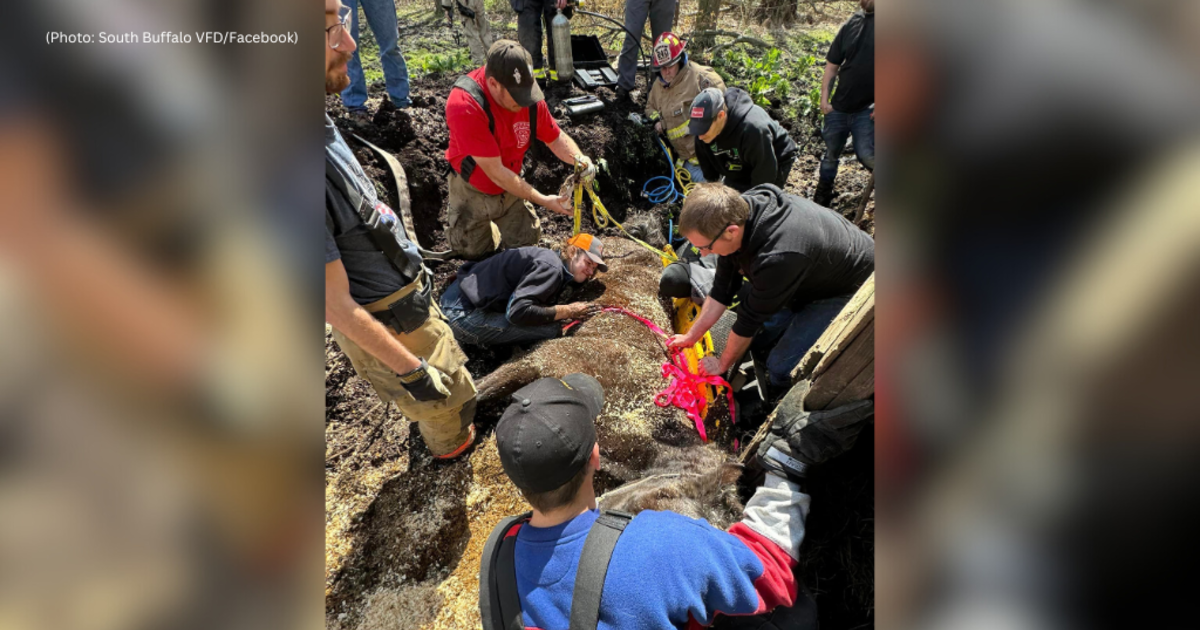UPMC Rehab Neural Engineering Lab Taking Next Steps In Development Of Thought-Controlled Robot Arm
Follow KDKA-TV: Facebook | Twitter
PITTSBURGH (KDKA) -- Nathan Copeland injured his spinal cord in a 2004 car accident and he has been instrumental to the research at the Pitt and UPMC Rehab Neural Engineering Lab.
"If you can't move your arms and hands, there's really a lot of things that are just sort of inaccessible to you," says Robert Gaunt, PhD, of the Rehab Neural Engineering Lab.
Nathan has electrodes implanted in the parts of his brain that control movement, and that process sensation. Not only is he able to pick up items just using his thoughts, he can feel them, too.
"We have some good data to show that when he can feel objects, he's able to work with these objects, manipulate them, move them, better than he can without it," Dr. Gaunt said.
With the research team, he has been traveling to neuroscience meetings to demonstrate. He gets questions like, "what does it feel like, would you use it at home, is it hard, do you like it?"
"What it feels like is complicated. I would definitely use it at home. It's not hard. It's pretty fun most of the time," Nathan said.
And he got to meet three other people with similar hook ups -- technically called a brain computer interface.
"Pretty cool meeting these people," Nathan said. "The one guy uses his implant to stimulate his actual arm, like his nerves. So he can open and close his hand. So I thought, that's kind of cool."
The team is excited to be getting a $12-million grant from a new funding source, the National Institutes of Health. It allows for two more participants in Pittsburgh, and two at the University of Chicago.
"We plan on being able to accelerate the science by learning from all four of those individuals at the same time," said Dr. Michael Boninger of UPMC Physical Medicine and Rehabilitation. "So when I press on something, I get immediate feedback to how hard I'm pressing and it modulates how hard I press. Or when I'm trying to button something, I know where my fingers are without having to look at them. And those are the really critical things we need to work on in the next several years. Even being able to reach out and pick up an object, and bring it to you, to scratch your face, to itch and itch, without having someone do it for you. these are the sorts of things that are really meaningful to people who can't move at all."
Nathan will be traveling to Japan in April for another neuroscience conference. In the meantime, he continues with the groundbreaking work in Pittsburgh.
"Hopefully, I'm gonna start breaking my record soon. I'm still loving it. It's still the highlight of my week, is coming in and grabbing stuff with a robot with my brain."
The team hopes two additional participants step up to take part in the new, expanded study. Of course, it is a lot of time, repetition, and hard work. and the robotic component is only available in the lab and not at home. But previous participants have appreciated being a pioneer.



